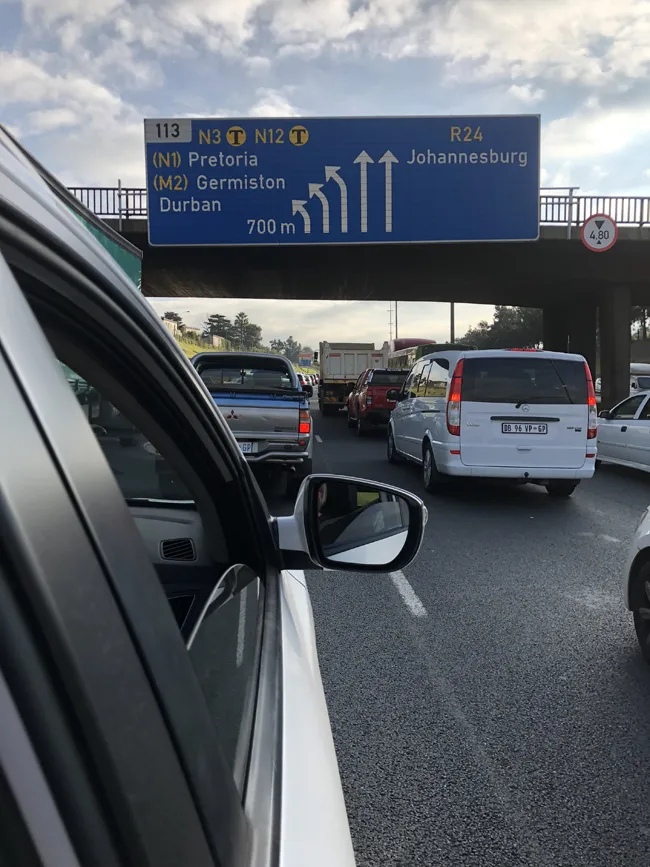
Major road improvements will be carried out in several South African provinces. The Transport ministry has set a budget of US$880 million to improve key road links. Some of the projects being handled by the state-owned road company, SANRAL, are commencing shortly and should be completed in the next 12-24 months.
One link being improved is the RS573 Moloto Road, which has an unenviable reputation for its frequent crashes. A budget of $217 million has been set for the work, which will include widening sections of the road to boost capacity, as well as safety measures such as new road markings and installing speed cameras. In all the road is 160km in length and the plans call for the entire route to be improved over a five year period. But the initial works will focus on the three worst stretches, measuring 25km in all. The work has been planned for some time and was initially expected to start in the third quarter of 2016, but faced delays. The road runs through Gauteng, Limpopo and Mpumalanga provinces and handles around 50,000 vehicles/day.
South Africa has a poor record for road safety overall. Heavy traffic volumes are also seen in its major cities, with Johannesburg in particular suffering severe congestion. The Moloto Road upgrade work will help decongest the area to the north east of Pretoria and Johannesburg, helping to improve traffic flow of commuter traffic, as well as boosting safety.






